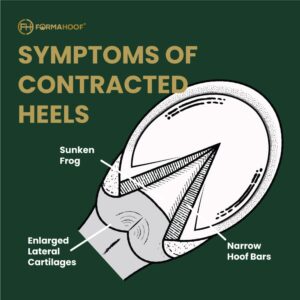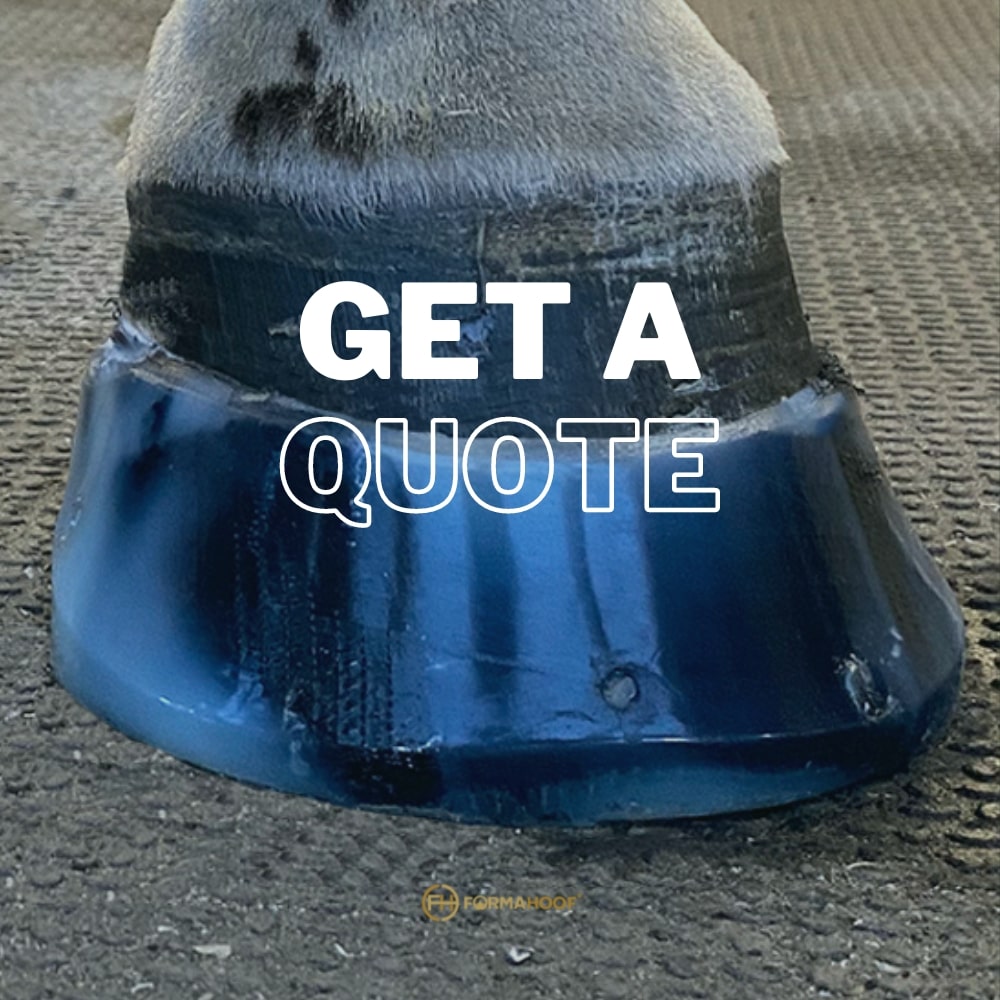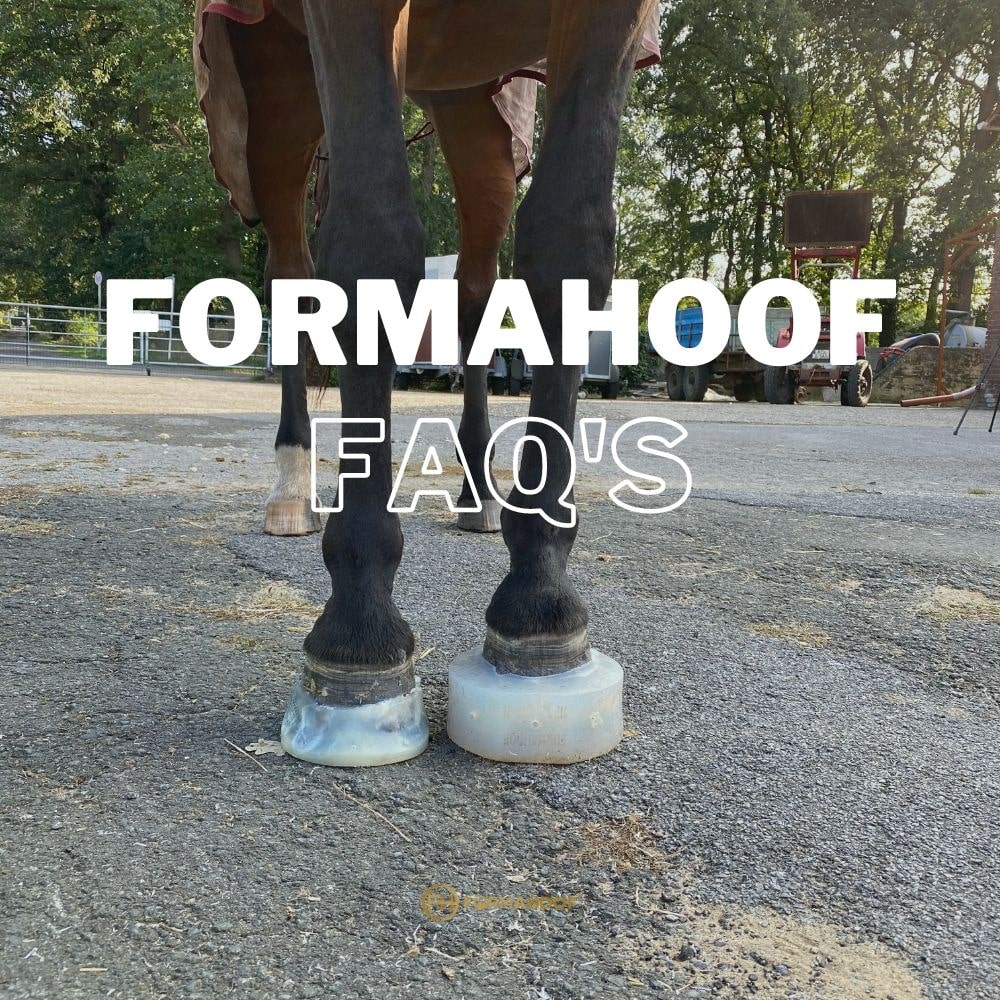Navigating the complexities of dealing with White Line Disease (WLD) in horses can often leave horse owners feeling bewildered. This stealthy ailment, also known by aliases like seedy toe and stall rot, is infamous for its inconspicuous onset and potential to unleash a cascade of hoof-related issues if not addressed timely and effectively. Here’s your go-to guide for understanding, identifying, and effectively managing WLD.
Understanding White Line Disease: What Triggers It?
WLD, impacting equines worldwide, is spurred by an amalgam of fungal and bacterial perpetrators that find a cozy abode in damaged hoof walls. Various factors like mechanical hoof issues, certain health conditions, environmental variables, and nutritional deficiencies can contribute to creating a hospitable environment for these microbial invaders.
Did you know? In diverse regions, “Seedy Toe” has different descriptions – it’s linked with chronic laminitis in North America and associated with a crumbly hoof wall in Europe, not always related to laminitis.
Identifying WLD: Know the Signs
Unfortunately, the initial stages of WLD are notoriously clandestine, often presenting no overt signs until the infection has insidiously crept deep into the hoof’s tissues. The disease manifests as a crumbling hoof wall, separating it from the sole, often detected accidentally during routine trims since horses typically don’t exhibit lameness in the early stages.
Unmasking the Misnomer: Surprisingly, WLD doesn’t affect the “white line” of the hoof but primarily targets the epidermal laminae, pivotal in anchoring the coffin bone within the hoof.

Addressing WLD: Strategic Treatment and Management
Acting promptly and judiciously can significantly mitigate the challenges posed by WLD. Intervention, generally initiated by a hoof care professional, can encompass:
- Hoof Wall Resection: Surgically removing the afflicted hoof area.
- Corrective Shoeing: Stabilizing the hoof through corrective footwear.
- Medical Interventions: Employing topical agents like iodine or copper sulphate.
- Nutritional Augmentation: Enhancing hoof health via supplementation (biotin, lysine, calcium).
- Environmental Management: Ensuring hooves remain clean and dry.
Addressing WLD: Strategic Treatment and Management
Navigating through the treatment labyrinth of WLD can be expedited and simplified with FormaHoof – a breakthrough in the realm of hoof care. It not only assists in correcting hoof distortions but also facilitates a conducive environment for robust hoof growth while safeguarding against future infections.
Key Benefits of Utilizing FormaHoof:
- Hoof Stability: Ensuring comprehensive protection and stabilization of the hoof capsule.
- Treatment Efficacy: Securing medicinal treatments in place without any fuss.
- Hygiene Maintenance: Maintaining cleanliness in infected areas, shielding them from further contamination.
- Accelerated Recovery: Enabling quicker return to normalcy, both in turnout and work.
- Cost-Effectiveness: Potentially reducing overall treatment and rehabilitation expenses.
FormaHoof in Action: Customizable WLD Treatment
With its versatile application possibilities, FormaHoof can be tailored to cater to specific treatment needs. The advanced polymer design ensures that upon removal, there’s no residual damage or trace left on the hoof, initiating an instant rehab process with its 3D encapsulation.
Full Encapsulation: FormaHoof enables the embedding of long-term medications beneath the application, ensuring both sustained treatment and overall hoof protection during recovery.
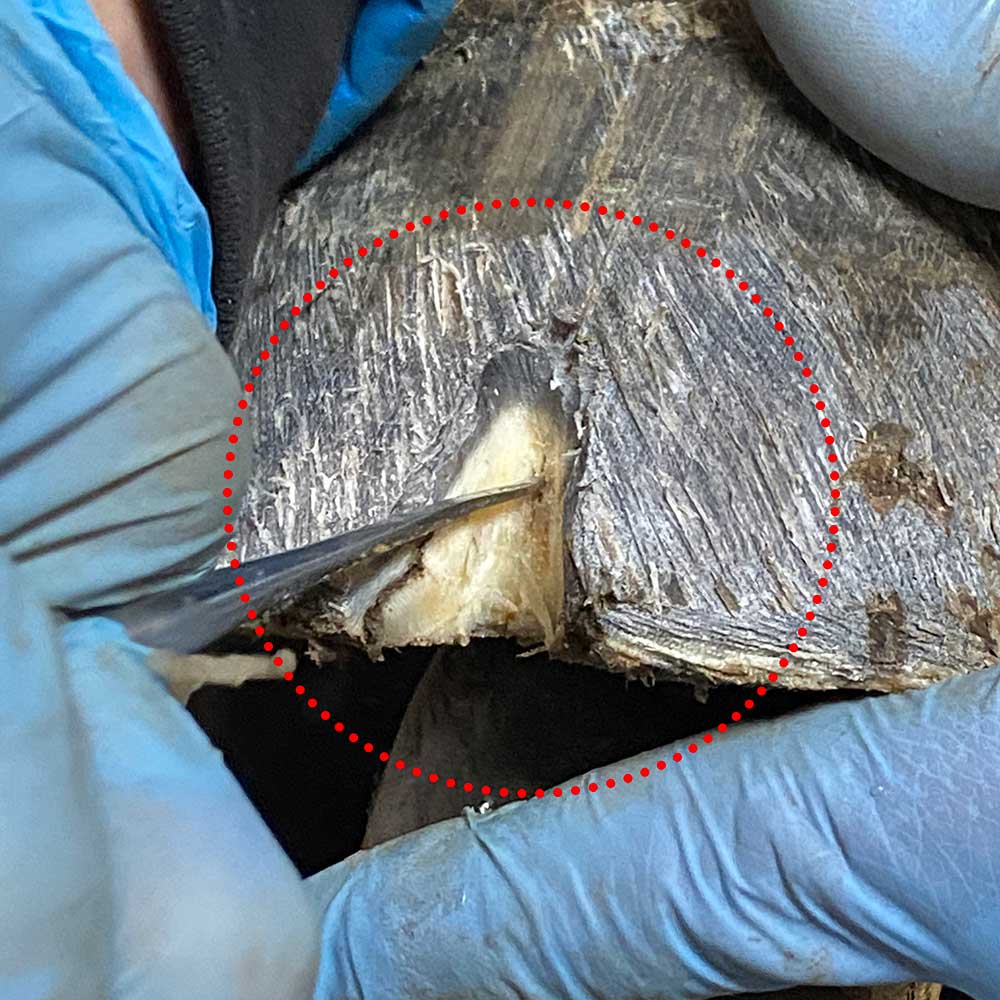
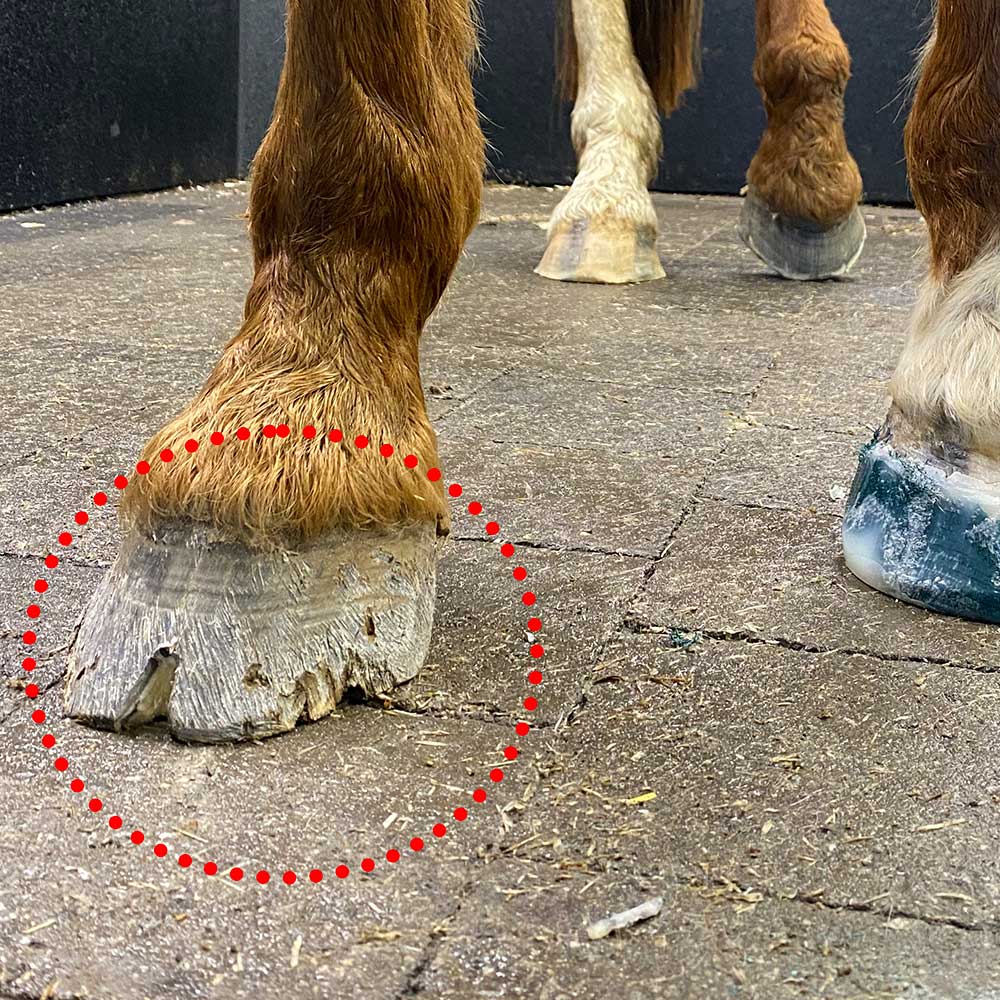
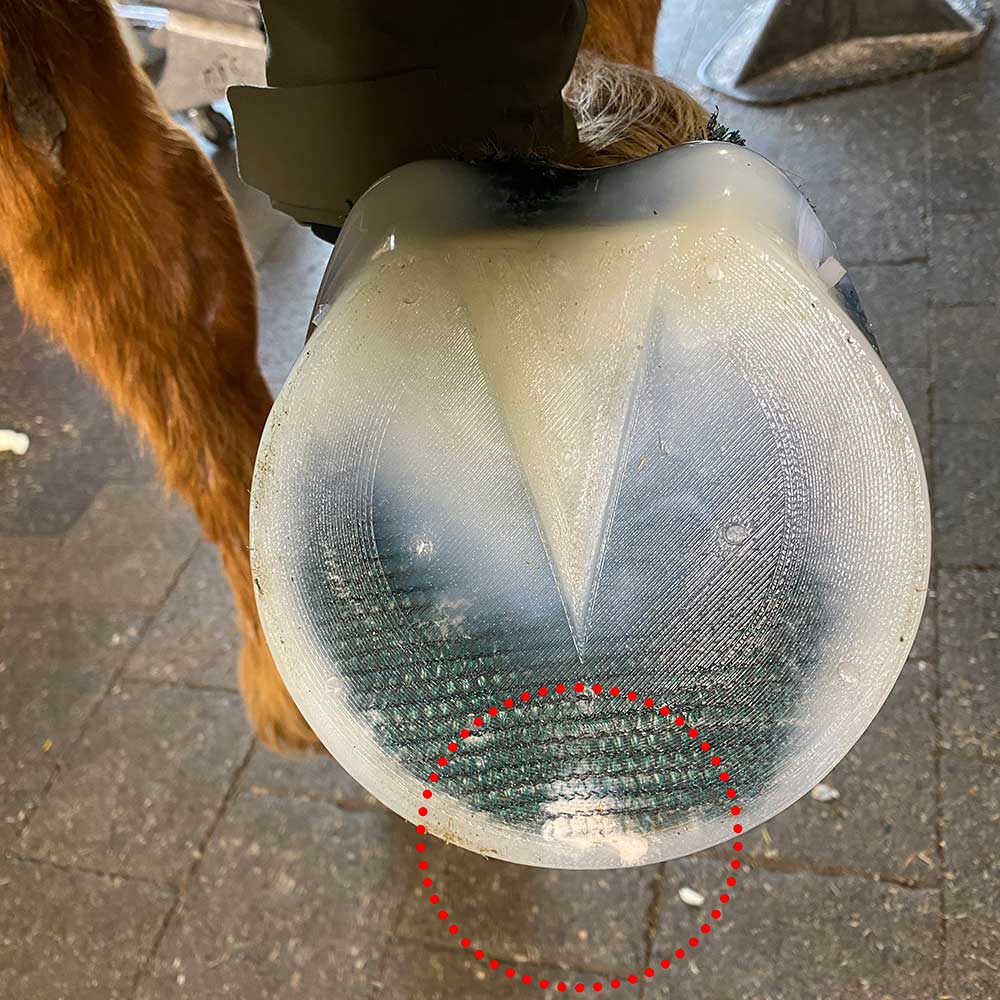


Partial Encapsulation: FormaHoof applications can also be customized to leave resected areas open for independent treatments while still stabilizing the foot and promoting healthy hoof growth.










Dealing with White Line Disease doesn’t have to be a taxing ordeal. Understanding its origins, recognizing early signs, and adopting innovative treatments like FormaHoof can pave the way for optimal hoof health and a happy, active equine life. FormaHoof stands out as a pioneering tool, offering a beacon of hope for those navigating the tumultuous waters of managing and treating WLD in horses.
FAQs about White Line Disease
-
What is White Line Disease?
A problematic condition caused by a mix of fungal and bacterial organisms infiltrating damaged hoof walls in horses.
-
How is White Line Disease Treated?
Via methods like hoof wall resection, medical treatments, FormaHoof corrective shoeing, nutritional supplementation, and environmental management.
-
How Does FormaHoof Aid in Managing WLD?
By stabilizing the hoof, maintaining hygiene, securing treatments, and facilitating quicker recovery, reducing both costs and rehab time.
Unlock the Secrets to Optimal Hoof Health
Navigating through the intricate maze of equine hoof health, especially when dealing with White Line Disease, demands not just knowledge but practical insights and solutions that work. Elevate your understanding and skills by enrolling in our Free Introductory Course on FormaHoof essentials, offering a wealth of knowledge straight from experts in the field. But why stop there? Get your hands on our comprehensive Essentials Kit, packed with all the necessary tools and formulations to kickstart a proactive approach toward hoof wellness and disease management.
If hands-on isn’t your style, explore our network to find a certified FormaHoof Applicator in your area, ensuring your equine companion benefits from professional, customized solutions that address their unique hoof needs. Dive into a world where dealing with White Line Disease is no longer a daunting task but a manageable, even preventable, journey with FormaHoof – your partner in championing equine health and happiness. Act now and let’s trot towards a future of uncompromised hoof vitality together!



